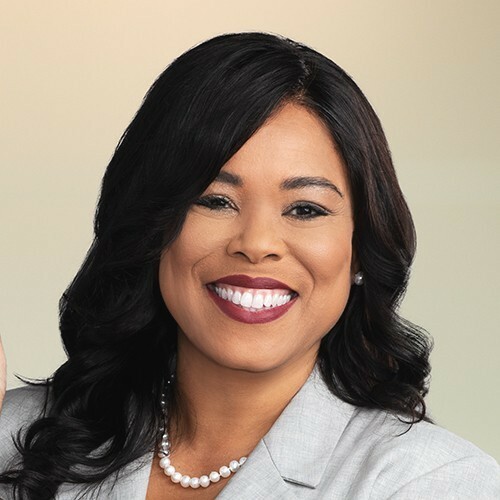CCBJ: What sort of quantitative analysis is being looked at by legal and corporate leadership teams? Is it mostly to improve their retention data, build their hiring pipeline, or for other reasons?
Marci Hunter: All of the above. The first rule of a map is to know where you are. Harnessing your data sets you up for success in any context, including driving change relative to diversity, equity and inclusion. The guessing goes away. The tone-deafness is undermined. The self-referencing and efforts to reshape reality are thwarted. And quite frankly, harnessing the data reveals opportunities. We can’t be successful without it.
In the past few years, diversity has grown even more important to our clients. Many request diversity demographics on a regular basis. A higher level of diversity is becoming the standard in our field. An example of this is the Mansfield Rule Certification; Barnes & Thornburg is working to become Mansfield Certified in the 2021-2022 certification period.
The Mansfield Rule Certification measures whether law firms have affirmatively considered at least 30 percent women, attorneys of color, LGBTQ+ and lawyers with disabilities for leadership and governance roles, equity partner promotions, formal client pitch opportunities, and senior lateral positions. The goal of the Mansfield Rule is to boost the diverse representation in law firm leadership by broadening the pool of candidates considered for these opportunities. And it’s succeeding at its intended purpose.
It is said that what doesn’t get measured doesn’t count. What are some areas that aren’t getting measured that should be?
Who gets promoted. In our law firm world, who receives billable credit. Who are the client leads or relationship lawyers? Other areas that should be counted are average length of service regarding diverse talent and employee engagement. We as employers should want to be the best version of us, so we have to dig deep.
It seems important for organizations to make clear to employees the connection between their daily decisions and the resulting diversity outcomes. What is one way companies can do that?
Diversity training and education is key. There are many tools and resources. For Example, Barnes & Thornburg has diverse Talent Resource Groups that anyone can join whether you’re a member of the specific demographic or not. These groups help us celebrate culture, diversity, awareness, and education for those demographic groups. If employees don’t have the capacity to join the groups, we highly encourage them to participate in any event held by the various groups. They are very fascinating and everyone comes away learning something new.
Published January 10, 2022.



